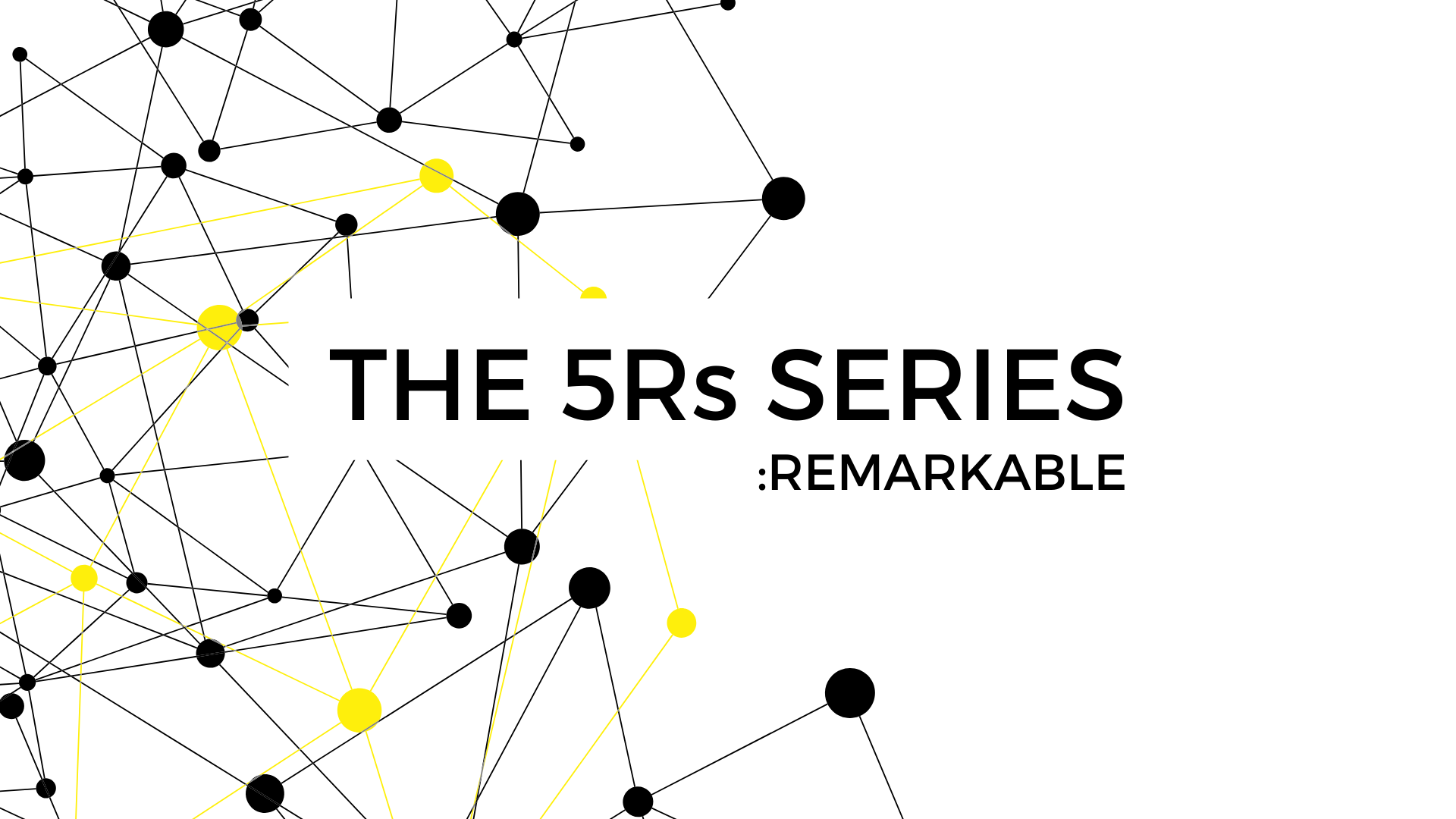From Slide Decks to Soundbites

Socialising insights isn't a one-off event. It’s a brand-building exercise for ideas, where consistency, clarity, and repetition turns data into decisions. You need a campaign mindset: multiple content pieces that reinforce your key messages, tailored to different audiences, and delivered over time.
Micro Content, Macro Impact
Here’s how we helped a global automotive company enhance the communication of customer experience insights to their frontline teams using micro content.
Created monthly video summaries highlighting the top three messages. Videos were produced in-house to enable quick turnaround and minimal budget
Generated ‘best-in-class stories’ to tap into the competitive mindset of the audience. These were socialised via team meetings and roadshows
Incorporated dynamic content and interactive feedback loops into existing dashboards
Not only did the front-line teams start accessing the new insight assets and using them as talking points in their regular team meetings, but the micro-content also helped drive their overall interest in understanding the customer, leading to an increase in the use of the existing dashboards.
4 tips to nail your micro-content
1 – Experiment with different media and tools
Micro-content is easier to consume on-the-go and can be repurposed across various platforms. Try infographics, video, screencasts, quizzes, GIFs, blogs, podcasts, and more. Just be cautious about data privacy and security.
2 – A/B test to find what works for your audience
Tailor messages for specific audiences and experiment using A/B tests to understand what resonates. Unlike presentations and dashboards, micro-content is perfect for quick and easy personalisation of the data story.
3 – Tap into existing channels
Utilise established communication channels like intranet sites and newsletters. These channels already have audiences and are seen as a trusted source of information. Collaborate with your internal communications team for wider reach – they are always on the lookout for high quality content and can support you with your campaign.
4 – Measure to optimise and replicate what works
Track audience behaviours and preferences to adapt future content. Encourage interaction through likes, comments, and shares to engage your audience and gather feedback. Use feedback as another means to answer questions, provoke thinking and engage in conversations around the topic.
Ready to transform your data storytelling?
If you are looking for more hints and tips on data storytelling, click here to get a 20% discount on ‘Data Storytelling in Marketing: How to tell persuasive stories through data’ Add DSM20 at checkout.